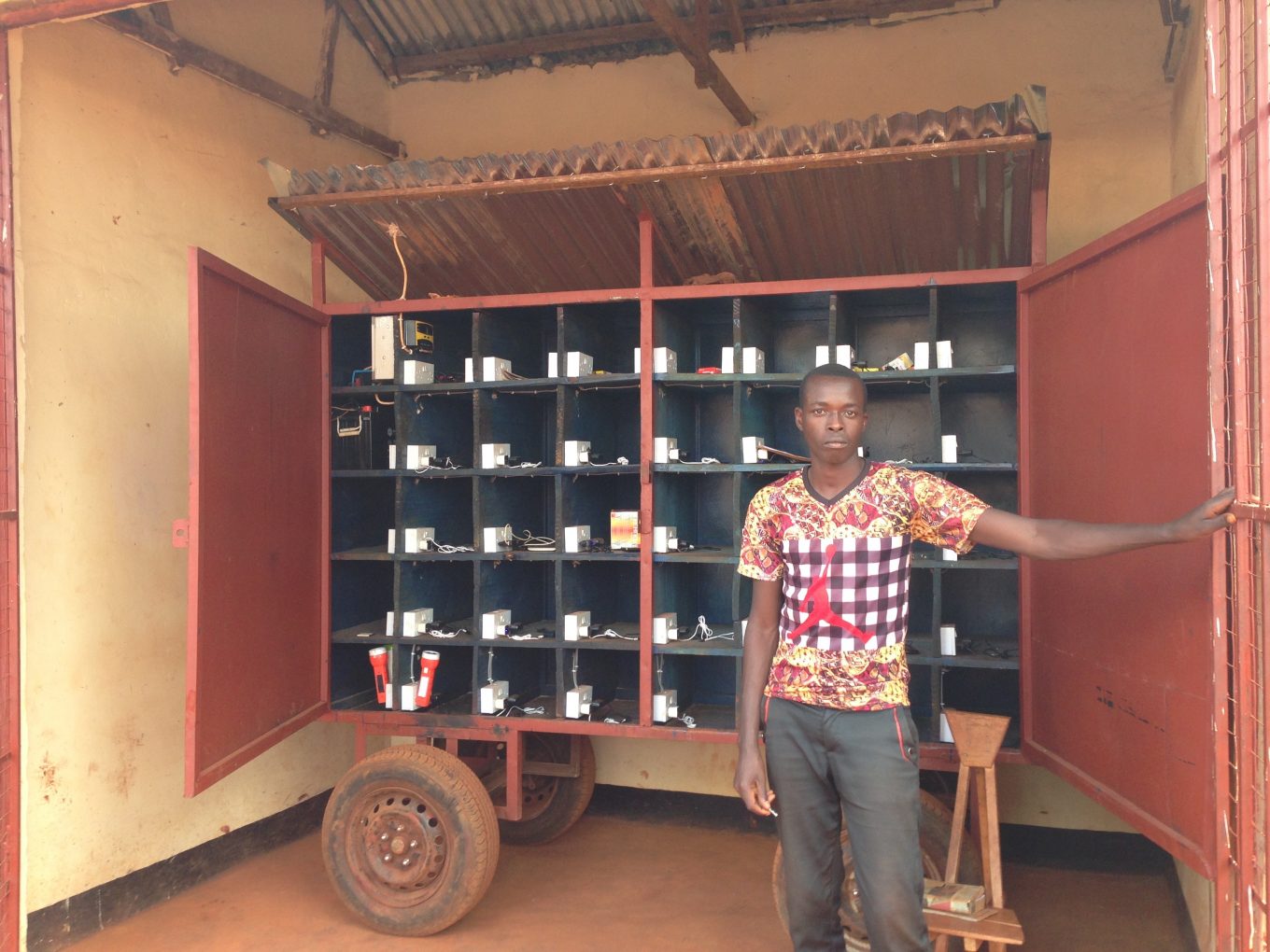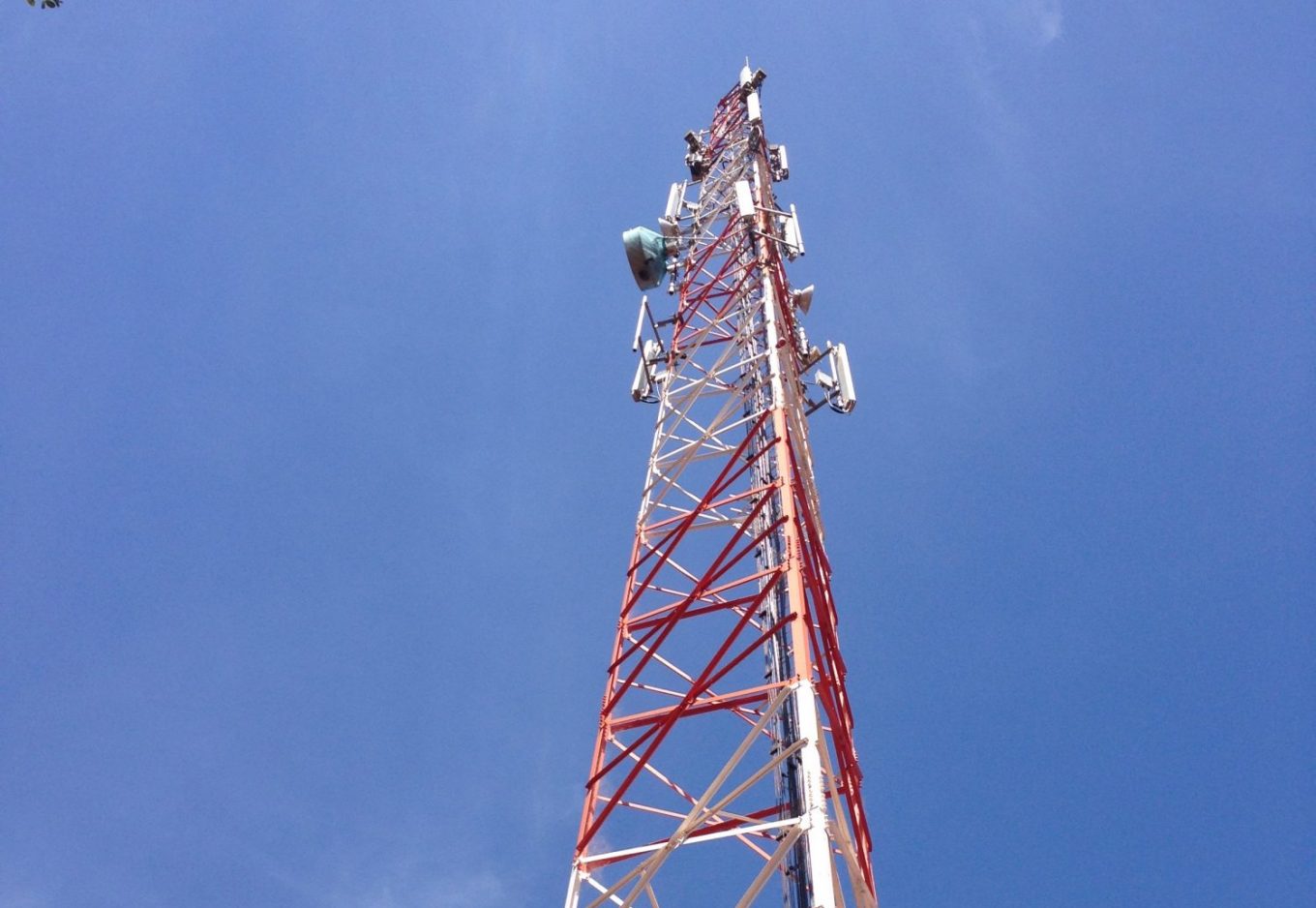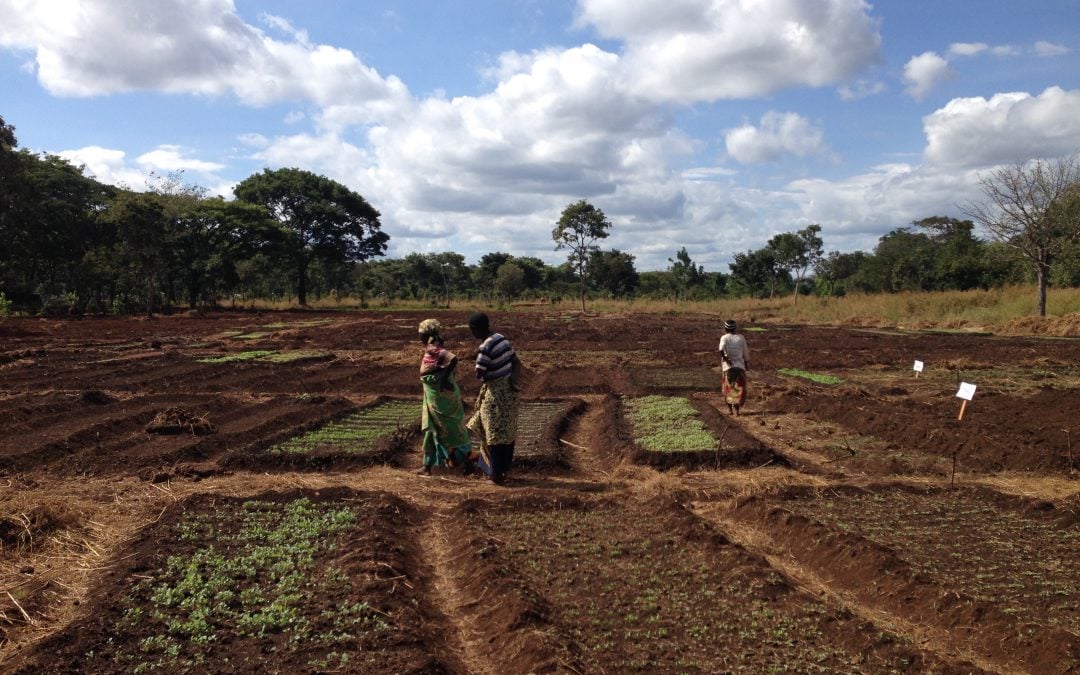Today, we are seeing an unprecedented number of people forced to flee, leaving their homes behind and moving towards an uncertain future. What we are not seeing, is adequate and coordinated responses to large-scale movements and appropriate solutions for refugees and host communities. For the first time in 2016, the General Assembly called for a Summit for Refugees and Migrants with the intent to form a blueprint for a better international response to global displacement. Through the New York Declaration for Refugees and Migrants, the General Assembly decided to develop what is now known as the Global Compact for Migration, a first in its kind agreement on a common and streamlined response to international migration that values collaboration, responsibility-sharing, non-discrimination, and human rights.
The year 2016 seemed to be the onset of a shift in approaches the reaffirmation of the commitment to respect the human rights of refugees, and to better support the countries that welcome them. A more comprehensive response to forced displacement started to take shape with a stronger focus on refugees’ self-reliance and active participation in the communities hosting them.
Great, so now what? How do we apply this framework to our work? What are some of the key elements that can guide us when it comes to designing and implementing more comprehensive and inclusive initiatives?
In this piece, we look back at the Innovation Service’s work in Tanzania through the lenses of connectivity and private sector engagement to discover potential ways forward in enhancing the global refugee response.
A Comprehensive Response in Action: Connectivity for Refugees
At UNHCR’s Innovation Service, one of the ways we see this grand vision being realized is in the Connectivity for Refugees initiative. For a refugee, having access to connectivity often means being able to re-establish a lifeline with family and friends, and being able to obtain lifesaving information and services. Connectivity can also improve access to a wider range of information, education, and livelihoods opportunities that can boost the wellbeing and peaceful coexistence of refugees and host communities.
Yet in spite of these benefits, there are still a number of obstacles limiting the access to connectivity for displaced communities, from a lack of infrastructure to legal regulations and prohibitive costs. We think that addressing and overcoming these challenges requires that we look beyond ready-made solutions and that we are radical in the way we collaborate and engage with other actors in this space.
One of the paths we have explored to bridge the connectivity gap is to forge partnerships with local Mobile Network Operators (MNO). Why MNOs? Simply put, communication is a Mobile Network Operator’s core business.
If you are wondering whether this is something you’d like to explore where you are, and how to find your allies amongst MNOs, read on. This piece is part of a series of blog posts where we share insights from our experience working in the Connectivity for Refugees space. In each post, we look at examples from a specific country or aspect of our work, from private sector partnerships to research and assessments, and more. While each story is context-specific we hope that by reflecting back and taking the time to unpack our experience, we can draw some general guidelines and have a global overview for everyone working in connectivity space. We also encourage you to share your experiences with us and inspire others to join the journey towards better connectivity for all.
Tanzania: A Tower of Connection
One of the first places UNHCR began to test approaches around connecting refugees, specifically as it pertains to engaging with MNOs, is in Northwest Tanzania, home to thousands of Burundian and Congolese refugees.
One of the key aims of taking a comprehensive approach is the idea to provide greater rights and freedoms of both the refugee and host communities. In the case of Tanzania, this meant addressing the exacerbated and pressing communication needs of thousands of refugees fleeing deteriorating situations in Burundi and in the Democratic Republic of the Congo.
In September 2015, UNHCR’s Connectivity for Refugees team went on a scoping mission to Nyarugusu Refugee Camp, located in Kigoma Region, Tanzania, to assess the connectivity needs of refugees in the camp. It soon became clear that despite a significant need for connectivity among the community, the infrastructure available did not allow for such needs to easily be met, with few commercial offerings available in the market. Engaging with governmental entities was one step, but in this case, it would not have been sufficient to address the connectivity gap. That’s when we started thinking about how to approach MNOs differently, looking more at their strategic investment than current availability in line with the Connecting Refugees strategy. We soon discovered a strong interest among them to invest in improving connectivity for refugees. Vodacom, for example, established a 3G tower in Nyarugusu Camp providing coverage in the area both for the benefit of refugees and the host population. For a number of years, Nyarugusu boasted the strongest and the most stable access to 3G among the three refugee camps in the Kigoma region. It was reported that soon after the tower was constructed it was operating at full capacity, with up to 180,000 calls per day.

A few months later, during a follow-up mission to Tanzania, the results were speaking for themselves. Better coverage came with a massive increase in phone ownership, subscription rates, data usage, and mobile money transactions. It’s as easy as that: simply having access to a network connection will result in refugees making greater use of connectivity to support their communication and connection with families and friends. The experience in Nyarugusu helped to build a case for this type of private sector partnerships and a number of MNOs, including Airtel, Halotel, and Tigo, expressed their interest for future investment. Following a year of continued advocacy and an expansion to pursue a sustainable environment where refugees have access to connectivity, the GSMA, the trade association for Mobile Network Operators, researched and evaluated the impact of connectivity in Nyarugusu.
Now, is this excitement about extending connectivity to refugees unique to Tanzania? Will we be able to replicate the same in other places with the same buy-in and success? That is something we are curious about and feel excited to discover. What is your experience? Have you found similar interest among your partners or have a different perspective on this? We are here to listen.
From Tanzania to other countries, regions and parts of the world: How does one go about making this a reality? From reflection, three specific insights stood out:
- Populations are ready to embrace cellular connectivity: Research found that the large majority of respondents would like to increase their use of mobile and of the internet; 97% of non-users desire access to a phone, and 57% desire access to the internet. These statistics mirror trends we’re seeing globally regarding adoption of mobile devices and cellular subscriptions. This means that with such a clear need for connectivity, MNOs are situated at a unique position to meet that demand. While we have noticed this trend in East Africa, our team is committed to testing this assumption and finding out to what extent this applies to other contexts. Through our collaboration with the GSMA, we are undertaking research in Jordan, Uganda, and Rwanda to understand the connectivity needs of displaced populations and the MNOs interest in supporting with providing such connectivity. And this is just the beginning! We are hoping for more research and assessments throughout the next year. If you are interested in understanding the connectivity demand and different types of value-added services, you can do an information and communication needs assessment here.
- Importance of making the business case: According to research undertaken by the GSMA, refugee mobile phone users in Nyarugusu report spending an average of 4.4 USD per month on credit and data, “a monthly expenditure which exceeds the average revenue per subscriber in Tanzania, despite the limited income opportunities for refugees in the country.” This not only reflects the importance of connectivity to refugee communities, but also suggests that “extending coverage to refugee camps could lead to a sustainable business model for MNOs, as a result of camps’ typically high population densities and refugees’ demand for connectivity.”
- Investment breeds investment: Vodacom’s initial installation of the tower in the camp, stimulated investment from Airtel, Halotel, and Tigo to support providing connectivity for refugees. Network coverage in the camp improved considerably and today, the great majority of the community enjoys good signal in their own zone, if not at home.
While we’ve noticed these insights from Tanzania, we’re going to continue to test these assumptions and build our evidence base – also with partners like the GSMA through their Mobile for Humanitarian Innovation programme – for enhancing delivery of cellular connectivity to refugees.
Despite each telecommunication landscape being different in each country, approaches can be adapted to suit your context. We hope that the examples and lessons from the Tanzanian context can inspire you and give you more ideas on how to collaborate with MNOs.

More Than Infrastructure
Collaborating with MNOs is crucial, yes, but the way we work with them is decisive too, and we want to share what we learned from our experiences for you as a reader and potential advocate for MNOs’ engagement. Tanzania’s case shows how establishing sustainable relationships with various MNOs through informed and research-based advocacy led to more private sector partnerships, greater interest from the MNOs in improving connectivity for refugees, and…3G towers.
Here is what we learned along the way:
- Coordinate with humanitarian responders and Mobile Network Operators: There is a need for better coordination at the operations level and greater ownership in leading, and supporting connectivity initiatives. Leadership is imperative when we consider the importance of continuous sustainable interaction with MNOs to ensure quality network coverage.
- Advocate with evidence to build support: Internal advocacy with colleagues and within the organization is as important as external advocacy with MNOs. Both are pieces of the same puzzle and both will be needed to complete the puzzle of achieving connectivity for all.
- Get engaged and stay engaged: It’s not only important to meet with the right people within the MNOs, ensuring their continued interest and mobilization requires a lot of energy and follow-up, and it is vital to make this investment. This further emphasizes the need for greater ownership at the country level in the pursuit of MNO engagement.
- Put ‘customers’ first: Think about how you can shift perspectives and reframe the situation. Refugees are customers (and good customers!), and if MNOs grasp this then we can move the conversation from Corporate Social Responsibility to considering sustainable business models.
- Communicate (often) with your government counterparts: Communication within refugee communities, and to those outside camps, is more often than not a sensitive topic for governments, especially when applied to a refugee scenario. Because the functionality of governments requires us to put in a thoughtful amount of effort to keep them in the loop, this often takes away time from actually implementing projects and initiatives. Trying to balance government requirements and reporting with project implementation is crucial. Open communication and dialogue will be the first step.
Obviously, the list is not exhaustive, and these lessons are the ones we learned thanks to our experience with the Tanzania operation. How well these lessons will apply (or not) to your operation in attempting to engage MNOs, of course, depends on the context.
One Step at a Time
The success of advocacy efforts to work with MNOs, and the results of such engagement, is apparent in many other operations outside of Tanzania as well. We have had great experiences working with MNOs in other contexts and we have stories and examples from Uganda, Malawi, and Ethiopia. Each of these distinct places exists in its own contextual domain, and we have experimented and adapted our approaches to solving their specific challenges. Understanding the connectivity needs of refugees and host communities, and beginning to have a conversation with MNOs is a fundamental step in achieving connectivity for all and a better refugee response overall. A step that you can also take starting today.
This is the first article in a series that presents a collection of ideas, failures, and successes on the pathway towards Connectivity for Refugees. Have you been working with MNOs or other partners and you want to tell us about your experience? We are here to listen. Please send us an e-mail at [email protected].

